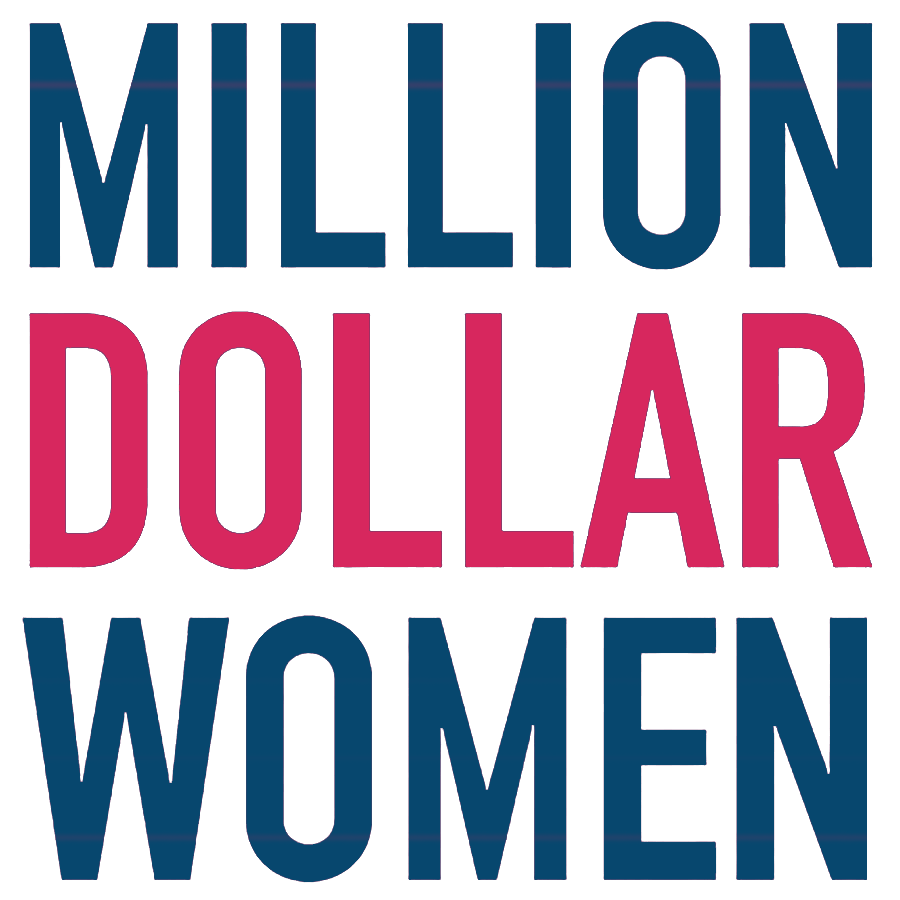AI at SXSW 2024 - 5 Things to Know
If you’ve never been to South by Southwest Festival (SXSW) it’s like Sundance Film Festival meets a tech conference meets a wellness retreat in a sunny location with lots of barbecue and bourbon. I attended this year for the tech track and attended six of the panels focused on AI. My goal was to get a full immersion experience in where AI is going and what we need to look out for as it encroaches on every aspect of our lives.
While this is in no way a comprehensive rundown of the tech track at SXSW, I wanted to share some of the highlights and so you can have just a wee bit less FOMO. With SXSW’s kick off day coinciding with International Women’s Day, the AI gender gap was front of mind for me as well, and I am happy that came up at about half the panels I attended.
1. Humanoids are here
Saw and met a humanoid robot named Apollo, created by a leading robotics company, Apptronik, partnered with NASA.
Apollo will operate in warehouses and manufacturing plants in the short term, but within 5-7 years these robots could be in our homes and workplaces.
While there are so many things to safeguard with this technology, the upside has great potential: using humanoid robots would allow people to focus on the part of their work they are best at, delegating repetitive tasks to a robot colleague. Plus, humanoids can do jobs that are dangerous for humans.
2. AI Safeguards are top priority
From AI-created songs to doctored images, concern is growing over how to monitor what AI is producing and how to prevent deepfakes. Ethical and copyright questions arise when it comes to the rights of artists and creators.
What’s being done?
Last October, President Biden issued an Executive Order on Safe, Secure, and Trustworthy Artificial Intelligence.
Content Authenticity Initiative: community of media and tech companies, NGOs, academics, and others working to create an industry standard for content authenticity. Their goal is to increase transparency around the use of AI while preventing misinformation.
Companies are hiring “red teams”, which are groups of people hired to test an AI system’s security and find flaws/vulnerabilities (it’s become a verb too - “redteaming” is like trying to break the AI or see what is the worst thing that can happen and then fix it)
Blockchain: Content is timestamped and recorded on the blockchain, which helps determine the original source and creation time, helping to identify fake content. Many think implementing way more of this is the best way to safeguard against fakes and deepfakes.
3. Technology and the Epidemic of Loneliness
Most people have a love/hate relationship with their smartphones and social media. The rise of smartphones created more access to information and online connection, but also have substantially contributed to loneliness, depression, attachment anxiety, lowered attention spans, and we have seen a big rise in technology addiction.
AI progress is moving at a rapid pace and it’s unlikely to slow down, similar to the smartphone boom of the early 2010s. With all the excitement surrounding smartphones during that time, safeguards to prevent addiction and cognitive damage were more of an afterthought.
From one of the panels I attended, loved this statement: “It’s like we just ran a global experiment where we give everyone a smart phone with highly addictive apps that drive everyone apart, and just hope that all works out.”
In an effort to not repeat the same mistakes made during the smartphone boom, AI developers are being encouraged, reminded and even reprimanded to keep these concerns front and center.
4. Women and AI
There is a stark gender disparity when it comes to funding women-led AI companies and teams.
Lack of representation/diversity within the AI industry is still a huge problem:
Women make up only 22% of AI professionals globally
Only 13.83% of AI research papers are written by women
Only 18% of authors at the leading AI conferences are women
Changing these statistics and having more women at the forefront of AI can help prevent gender biases in AI data sets, which we have seen in several AI image generators.
5. AI Optimism
Instead of AI replacing what people are already doing, it can increase the amount of work we can get done and create new opportunities
AI can help HR departments train people on new tools
AI can take on tasks that are repetitive and time-consuming, freeing people up to do more high level, strategic work
AI is showing up in every aspect of our lives, and it’s evolving faster than your teenager can send a Snap. There is no scenario where you can just “wait this one out.” At this technological inflection point, it’s incredibly important to stay informed and start figuring out how you can integrate AI into your business and your life. Because AI is really just repeating and feeding up existing information, we all have a part to play in making sure AI doesn’t just replicate the same biases we have on the Internet and in society. I’m grateful to all the panelists, moderators and organizers who got me up to speed at SXSW. Then again, in three months it will all be outdated! ; )
